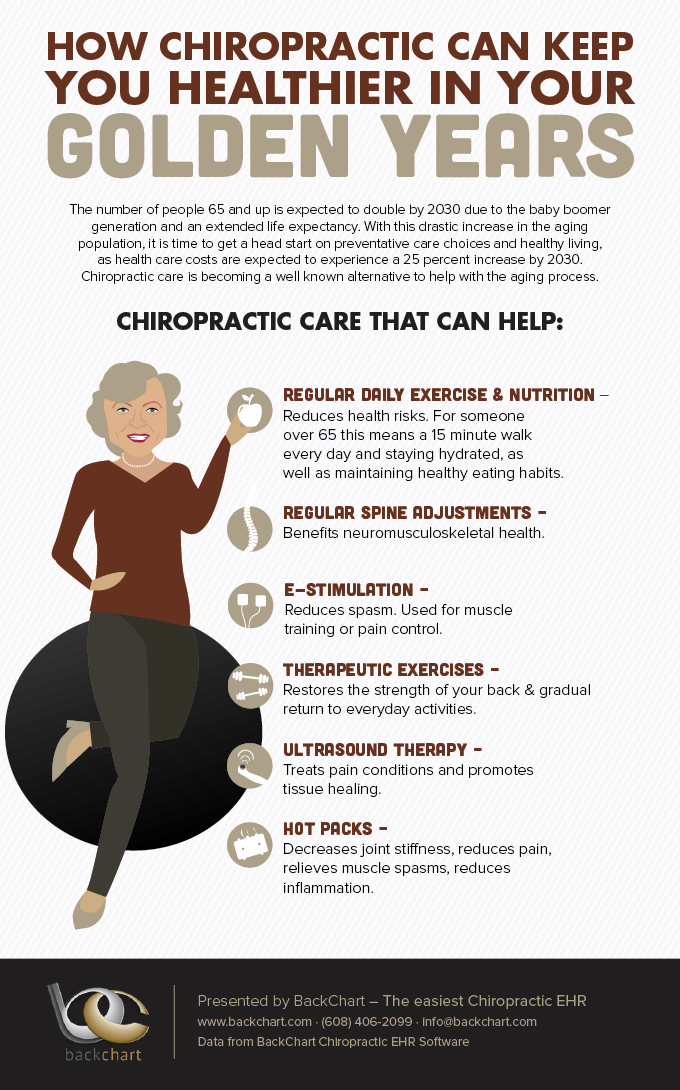What Is Cold Laser Therapy And How Does It Work?
What Is Cold Laser Therapy And How Does It Work?
Blog Article
Write-Up Created By-
Cold laser therapy, or low-level laser therapy (LLLT), is a non-invasive therapy choice you may wish to think about. https://cold-lser-therapy33218.blogunteer.com/33389806/potential-developments-in-laser-treatment-could-redefine-healing-and-discomfort-management-but-what-revolutionary-changes-await-in-customized-medicine makes use of certain wavelengths of light to stimulate healing and decrease discomfort. However just how precisely does this light impact your cells? Recognizing the device behind this therapy can reveal its prospective benefits for various conditions. Let's check out just how this ingenious method jobs and what it can indicate for your health and wellness.
Recognizing Cold Laser Treatment
Cold laser therapy, also referred to as low-level laser treatment (LLLT), makes use of details wavelengths of light to stimulate healing in tissues without creating any kind of damages.
This non-invasive therapy can help reduce pain, inflammation, and advertise cells fixing. You may locate it beneficial for different conditions, such as arthritis, tendonitis, or chronic pain.
During a session, a specialist will certainly direct the laser at the affected location, and you normally won't really feel any kind of pain. The treatment fasts, typically lasting just a couple of minutes, and most people call for numerous sessions for optimum results.
Mechanism of Action
The performance of cold laser treatment lies in its capability to boost cellular procedures through certain light wavelengths.
When you apply the laser to a damaged location, the photons penetrate your skin and are absorbed by the cells, specifically the mitochondria. This absorption sets off a series of biochemical responses that improve ATP production, the power money of your cells.
As ATP levels increase, your cells can repair and regenerate more effectively. Additionally, cold laser therapy reduces inflammation and advertises blood flow, better accelerating the healing procedure.
https://cold-laser-theray67776.blogoxo.com/34591162/a-deep-dive-into-cold-laser-treatment-exposes-its-transformative-recovery-power-and-intricate-mechanisms may discover better tissue repair service and pain relief because of this. On Link Website , this non-invasive technique takes advantage of light power to promote healing on a cellular level.
Benefits and Applications
While many look for reliable discomfort alleviation and healing services, cold laser therapy has actually become a functional alternative with countless benefits.
You'll discover it can lower swelling, promote cells repair work, and accelerate healing. This non-invasive therapy can aid with various problems, consisting of joint inflammation, tendonitis, and sports injuries. Many people experience relief from chronic pain, making daily tasks more convenient.
Cold laser therapy is likewise made use of in oral practices to reduce discomfort and speed up recuperation after treatments. Not just is it secure and painless, but it also has minimal negative effects, permitting you to return to your routine promptly.
With https://www.pharmaceutical-technology.com/news/alopecia-can-new-treatments-pass-the-innovation-and-safety-bar/ expanding applications in both clinical and wellness settings, cold laser therapy could be the solution you have actually been searching for.
Conclusion
In conclusion, cold laser treatment uses an encouraging, non-invasive choice for promoting healing and alleviating pain. By taking advantage of specific wavelengths of light, it stimulates your cells, enhancing their natural fixing procedures. Whether you're taking care of persistent discomfort, swelling, or injuries, this therapy can give substantial benefits. If you wonder concerning exactly how cold laser treatment might aid you, consider consulting with a healthcare specialist to discover your options and get started on the path to healing.
